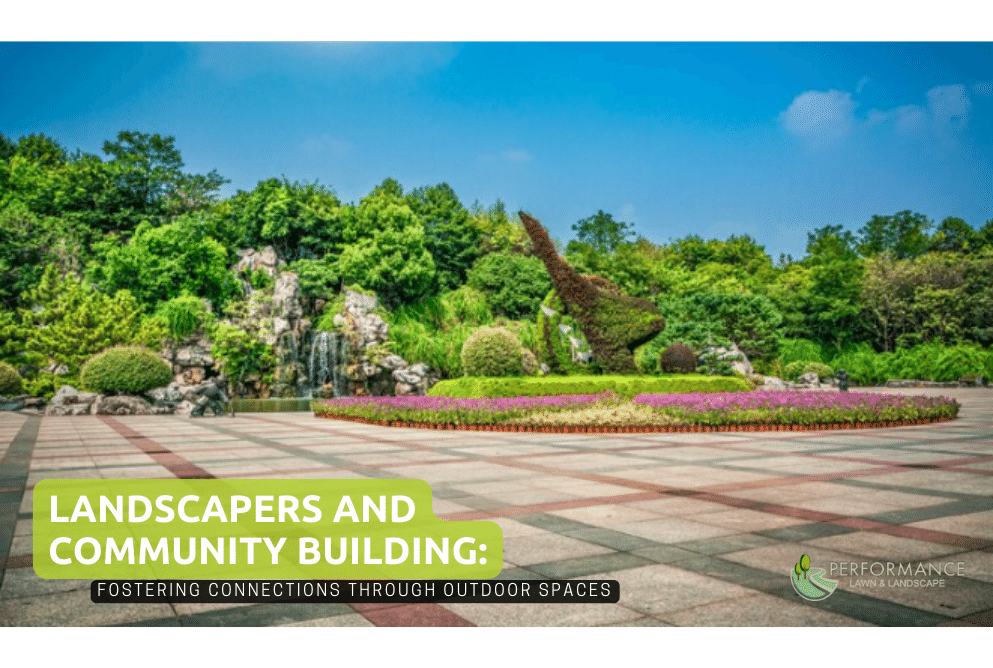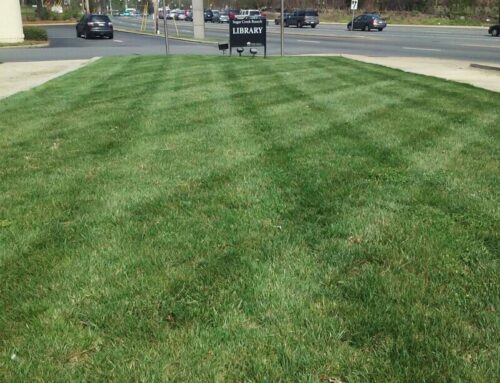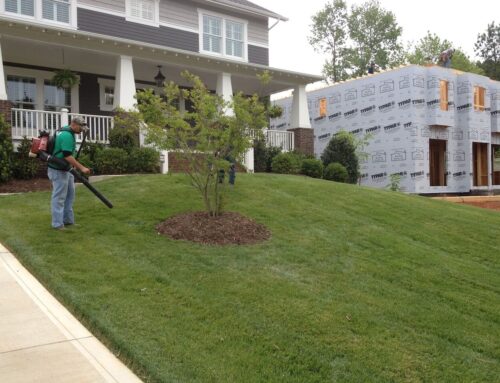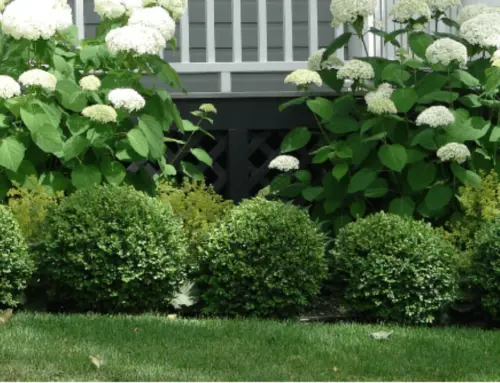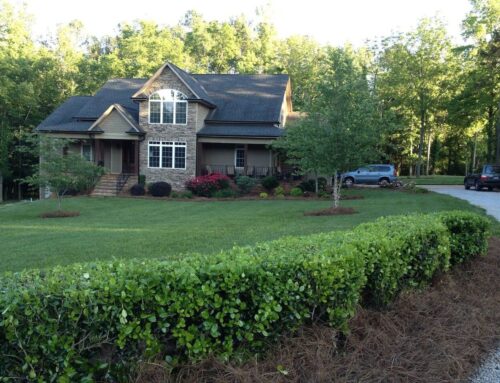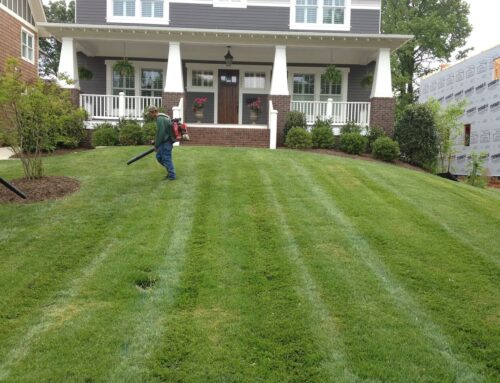At Performance Lawn and Landscapes, we believe in the power of nature to unite people. Beyond the beauty of manicured lawns and intricate flower beds, landscaping plays a pivotal role in creating communal spaces where connections flourish. The art and science of landscaping go beyond simply beautifying the environment; it’s also about fostering community, making neighborhoods more welcoming, and establishing areas where people come together, share experiences, and build relationships.
Landscaping has an uncanny ability to craft spaces that resonate with the human spirit. When a park or a garden is well-designed, it invites people in. Families come for picnics, children play, friends converse, and even strangers find common ground. These spaces become the heart of neighborhoods, towns, and cities. And as landscapers, we’re proud to be the craftsmen behind these communal havens.
Here at Performance Lawn and Landscapes, we’ve observed how the right combination of greenery, walkways, seating areas, and features like fountains or sculptures can transform an ordinary space. With thoughtful planning and design, even the smallest plot can be turned into a cozy nook where people can find respite from their busy lives, read a book, or simply sit and enjoy nature’s beauty.
But it’s not just about creating a space. It’s about understanding the soul of the community. Each place has its own character, its own rhythm, and its own set of desires. By listening to what the community needs and wants, we’re able to create landscapes that truly resonate. For instance, in a bustling urban setting, the community might crave a quiet sanctuary, a place to detach from the hustle and bustle. Meanwhile, in a quiet suburb, the landscape might focus on playgrounds and open spaces, encouraging activity and interaction.
Another beautiful aspect of landscaping with community in mind is its inclusivity. The outdoors, by nature, is a space for everyone. When we design, we think of the elderly who might need benches to rest, children who seek adventure in playgrounds, fitness enthusiasts who use pathways for jogging, and nature lovers who simply want to immerse themselves in greenery. This all-encompassing approach ensures that the space is not just beautiful but functional and inclusive.
Moreover, community-built landscapes have a ripple effect. When people find solace and connection in these spaces, they’re more likely to take ownership, looking after the area and ensuring its upkeep. It instills a sense of pride, not just in the space itself, but in the community it fosters. The bonds created in these green spaces often extend beyond their boundaries, leading to increased neighborly interactions, community events, and an overall stronger sense of unity.
In many ways, our job as landscapers is akin to storytellers. Every shrub we plant, every path we lay, and every fountain we install tell a story of community, connection, and unity. At Performance Lawn and Landscapes, we take immense pride in this responsibility. With each project, our goal is to craft spaces that not only enhance the natural beauty of an area but also bring people together.
The magic of landscaping extends far beyond aesthetics. It’s about creating spaces where memories are made, stories are shared, and communities grow stronger. In today’s world, where digital connections often overshadow physical ones, these communal outdoor spaces are more crucial than ever. They serve as gentle reminders of the simple joys of human connection, the laughter of children, the conversations between neighbors, and the serenity nature provides. Through our work at Performance Lawn and Landscapes, we’re honored to play a role in crafting these essential community spaces.
The Impact of Landscaping on Communities and Environments
Landscaping has long been recognized for its aesthetic value, but its significance runs deeper than just creating picturesque views. At Performance Lawn and Landscapes, we’re frequently asked about the tangible benefits of landscaping for communities, people, and the environment. To shed some light on these queries, we’ve addressed some of the most common questions below.
Why is landscaping important to communities?
- Social Spaces: Landscaping creates spaces for communal activities, fostering interaction and strengthening the bonds within communities.
- Enhanced Value: Well-maintained landscapes enhance property values, benefiting homeowners and the community at large.
- Safety: Thoughtful landscaping can provide natural surveillance by creating clear sightlines, reducing hiding spots, and promoting a sense of community watchfulness.
- Identity and Pride: Unique landscaping can give a community its identity, making it stand out and instilling a sense of pride among its residents.
Is the design of outdoor areas, landmarks, and structures to achieve environmental, social, behavioral, or aesthetic outcomes?
- Environmental Outcomes: Landscaping, especially with native plants, can improve air quality, prevent soil erosion, and support local wildlife.
- Social Outcomes: Outdoor designs often cater to community needs, such as parks for recreation or green spaces for relaxation.
- Behavioral Outcomes: A well-designed space can influence behavior, encouraging people to spend more time outdoors, engage in physical activity, or even interact more with their neighbors.
- Aesthetic Outcomes: The beauty of landscaping is undeniable. It elevates the visual appeal of a space, making it more enjoyable for everyone.
Why is outdoor landscaping important?
- Well-being: Being in nature, even a landscaped garden, can reduce stress and improve mental well-being.
- Natural Balance: Landscaping helps maintain a balance in urban settings, offsetting the concrete jungle with touches of nature.
- Temperature Regulation: Plants and trees naturally regulate temperature, providing shade in hot climates and acting as windbreaks in cooler areas.
- Wildlife Habitat: Even in urban areas, landscaping can create mini-habitats for birds, insects, and small mammals.
Does landscaping have a positive contribution to the people and the environment?
- For People:
- Health Benefits: Studies have shown that spending time in green spaces can lower blood pressure, reduce stress, and boost mood.
- Social Interactions: Parks and landscaped areas promote social interactions, leading to stronger community bonds.
- Cultural Significance: Some landscapes hold historical or cultural significance, preserving the past and educating the present.
- For the Environment:
- Biodiversity: Thoughtful landscaping can promote biodiversity, even in urban settings.
- Erosion Control: Plants and trees hold soil in place, preventing erosion and sediment run-off.
- Air Purification: Plants act as natural air purifiers, absorbing pollutants and providing fresh oxygen.
- Water Management: Proper landscaping can aid in water management, reducing run-off, and promoting groundwater recharge.
In essence, landscaping serves as a bridge, connecting communities, fulfilling human needs, and ensuring environmental health. At Performance Lawn and Landscapes, we believe in the power of this connection, and through our work, we strive to make every landscape a testament to the harmony between man and nature.

